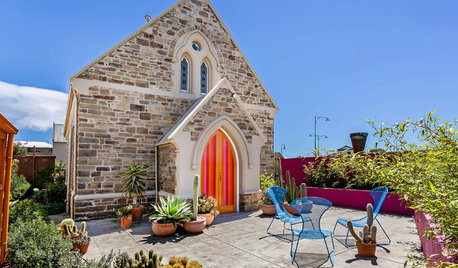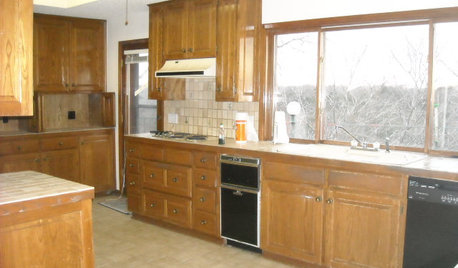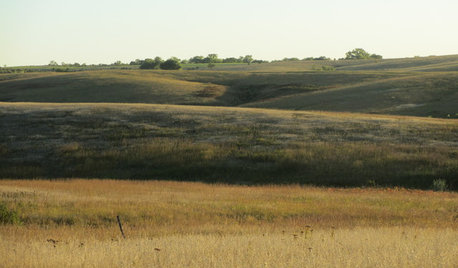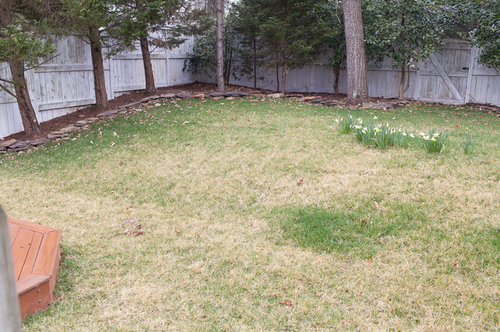New Tall Fescue sod turning yellow
mitchrapp
11 years ago
Related Stories

GARDENING GUIDESHow to Plant a New Lawn From Sod
Take the quick-start route to turf with sod; these installation guidelines will help ensure a healthy and long-lasting lawn
Full Story
CONTEMPORARY HOMESHouzz Tour: Candy-Colored Church Conversion in South Australia
A couple bring their 150-year-old church-turned-residence into the modern world
Full Story
GARDENING GUIDESNew Ways to Think About All That Mulch in the Garden
Before you go making a mountain out of a mulch hill, learn the facts about what your plants and soil really want
Full Story
GREEN BUILDINGHow to Recycle Your Kitchen
Instead of adding to the junk pile — and paying landfill fees — get rid of old appliances, cabinets and countertops the ecofriendly way
Full Story
GARDENING GUIDESHow to Get Your Prairie On
Have a field day with your landscape, even if you've got just a few modern containers on a paved path
Full Story
BEFORE AND AFTERSSee 6 Yards Transformed by Losing Their Lawns
Wondering whether a turf lawn is the best use of your outdoor space? These homeowners did, and they found creative alternatives
Full Story
EARTH DAY5 Ideas for a More Earth-Friendly Garden
Consider increasing the size of garden beds, filtering rainwater and using plants to reduce energy use
Full Story
SAVING WATERHouzz Call: Are You Letting Go of Your Lawn?
Many facing a drought are swapping turf for less thirsty plantings. If you’re one of them, we’d like to hear about it
Full Story
FALL GARDENINGReflecting on a Gardening Year
Mistakes and successes, surprises and comforts. The garden helps us grow in new ways every year
Full Story
FALL GARDENING7 Reasons Not to Clean Up Your Fall Garden
Before you pluck and rake, consider wildlife, the health of your plants and your own right to relax
Full StoryMore Discussions









dchall_san_antonio
mitchrappOriginal Author
Related Professionals
Danbury Landscape Architects & Landscape Designers · Barrington Hills Landscape Architects & Landscape Designers · Wareham Landscape Architects & Landscape Designers · Allentown Landscape Contractors · Ashburn Landscape Contractors · Bowie Landscape Contractors · Camp Verde Landscape Contractors · Fair Oaks Landscape Contractors · Fountain Valley Landscape Contractors · Hampton Bays Landscape Contractors · Milford Landscape Contractors · Bedford Swimming Pool Builders · Grandview Swimming Pool Builders · San Juan Capistrano Swimming Pool Builders · Tucson Swimming Pool Buildersdchall_san_antonio
tiemco
auteck